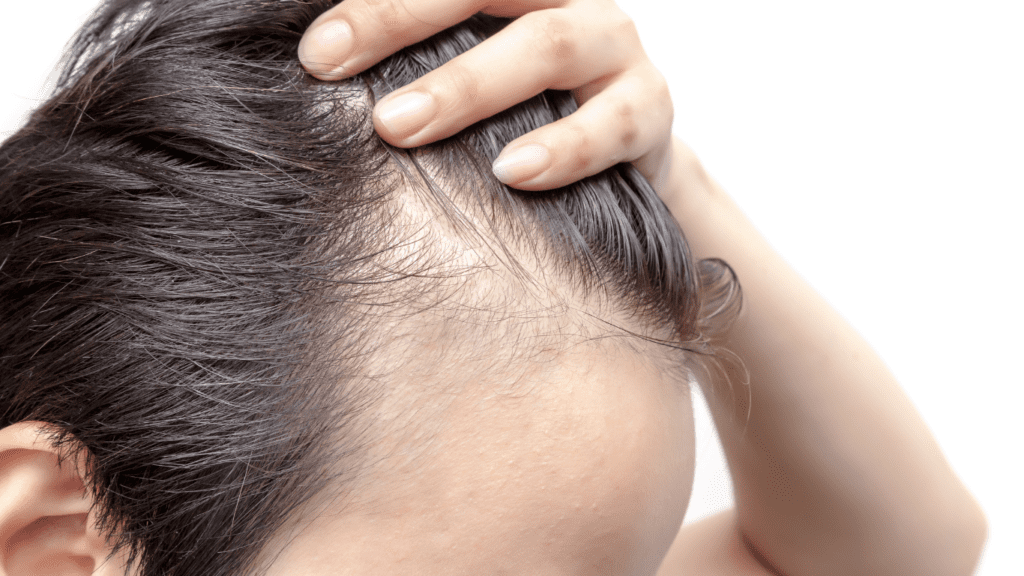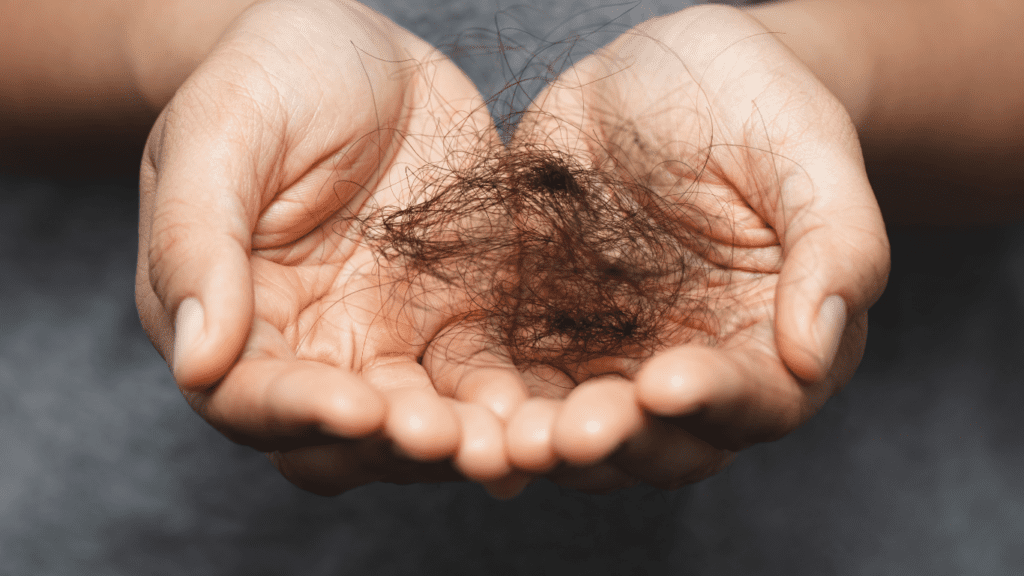
A receding hairline is a widespread issue impacting both genders, though it’s more commonly observed in men. This condition is marked by a gradual loss of hair around the forehead and temples, potentially leading to complete baldness. Recognizing the early signs of a receding hairline is crucial for timely intervention and maintaining one’s self-confidence and emotional well-being. This comprehensive guide aims to explore the symptoms, causes, and treatment options for a receding hairline, along with addressing its psychological effects.
Understanding the Basics of a Receding Hairline
A receding hairline is characterized by the progressive thinning of hair primarily around the forehead and temples. This condition is not exclusive to men; women can also experience similar symptoms. Various factors contribute to this condition, including genetic predisposition, hormonal changes, lifestyle choices, and environmental influences.
Genetic and Hormonal Influences
Genetics play a pivotal role in hair loss, with the possibility of inheriting this trait from either parent. Hormonal imbalances, particularly in men, can exacerbate hair loss due to the conversion of testosterone into dihydrotestosterone (DHT), which harms hair follicles.
Environmental and Lifestyle Impacts
External factors like stress, poor nutrition, smoking, and excessive alcohol intake can also accelerate hair thinning. Understanding these contributing factors is essential in addressing and managing a receding hairline effectively.

Distinguishing Receding Hairline from General Hair Loss
It’s important to differentiate between a receding hairline and general hair loss, as they are distinct conditions with different causes and treatment approaches. While a receding hairline involves a specific pattern of hair loss, general hair loss can occur due to various reasons, including medical conditions and certain hair care practices.
Debunking Myths Around Receding Hairlines
Several misconceptions surround receding hairlines, such as the belief that wearing hats or tight hairstyles leads to hair loss. It’s crucial to separate these myths from facts and seek professional advice for accurate information and treatment options.
Recognizing the Signs and Symptoms
Early detection of a receding hairline involves noticing changes like the development of a “widow’s peak” or an increasingly visible forehead. Comparing current and past photographs can be a helpful tool in identifying these changes.
Physical Indicators
Physical signs such as thinning hair, a noticeable “widow’s peak,” and bald spots are key indicators of a receding hairline. If these symptoms are present, consulting a healthcare professional is advisable for a proper diagnosis and treatment plan.
Emotional and Psychological Effects
The impact of a receding hairline extends beyond physical appearance, often leading to emotional distress like anxiety, depression, and reduced self-esteem. Addressing these psychological effects is as important as treating the physical symptoms.

Contributing Factors to Consider
Understanding the underlying causes of a receding hairline is essential for effective treatment.
The Role of Genetics and Hormones
Genetic predisposition is a significant factor, with the primary gene responsible for male pattern hair loss located on the X chromosome. Hormonal imbalances, such as those caused by conditions like PCOS or thyroid disorders, can also contribute to hair thinning.
Environmental and Lifestyle Influences
Stress, poor nutrition, and exposure to pollutants can adversely affect hair health. Lifestyle choices like smoking and excessive alcohol consumption are also known to contribute to hair loss.
Prevention and Treatment Strategies
Adopting a healthy lifestyle can significantly aid in preventing and treating a receding hairline. This includes a balanced diet, regular exercise, sufficient sleep, and stress management.
Medical Interventions
Various medical treatments, such as hair transplants and medication, are available for managing a receding hairline. Follicular Unit Extraction (FUE) is a notable advancement in hair transplantation, offering minimal scarring and quicker recovery compared to older methods.
Natural Remedies and Supplements
Natural treatments and supplements, including scalp massages with essential oils and nutrient-rich diets, can support hair health. However, it’s important to consult a healthcare professional before starting any natural remedy.

The Importance of Early Intervention
Addressing a receding hairline at its onset is crucial for effective management and preventing further hair loss. Early intervention can also mitigate the emotional and psychological impacts of the condition.
Coping with Emotional Challenges
Dealing with a receding hairline can be emotionally taxing. Acceptance, self-care, and seeking professional support are vital strategies for coping with the psychological aspects of hair loss.
The Value of Support Systems
Engaging with support groups and online communities can provide emotional support and practical advice for those dealing with hair loss. Family and friends also play a crucial role in providing understanding and support.
Conclusion
Early recognition and intervention are key in managing a receding hairline and its associated emotional impacts. Understanding the causes, seeking appropriate treatments, and employing coping strategies can significantly improve one’s quality of life. If you notice early signs of a receding hairline, act promptly and consult a professional for tailored hair loss treatments.

